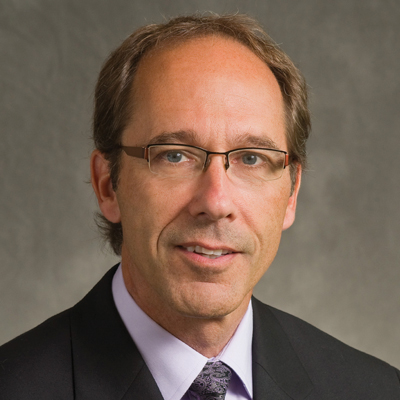North Dakota's Economic Development Commission engages in activity similar to other states' commissions: It counsels businesses, tries to lure companies to the state, negotiates with international trading partners and even manages the state's tourism budget, among many other responsibilities.
But it does not make loans.
And it does not provide venture capital.
Unlike its neighbor to the south, which employs a $40 million war chest for economic development loans, or similar programs in other states, North Dakota does not maintain a special fund for new or expanding businesses.
But North Dakota does have one other source that is unique in the nation—a state-operated bank. And, aside from federal funds that every state receives, the Bank of North Dakota is likewise the state's main tool for generating economic development funds.
The problem with the Bank of North Dakota (BND), however, is that it is run like a private bank, meaning it must turn a profit and it must pay a market rate on deposits, according to BND President Joe Lamb. Just like private lenders, then, the BND must charge market rates on its loans. Hence, whereas other states have created programs offering loans with reduced rates, North Dakota's economic lending tool does not enjoy the benefits of a subsidized rate.
And, while the BND does not have below market rate lending programs, it does have lending plans geared toward economic development, including a Small Business Loan Program and a Business Development Loan Program.
The Small Business Loan Program allows the BND to participate in a total loan package of $250,000, of which the bank's share cannot exceed $187,500. The Business Development Program is designed to assist new and existing businesses obtain loans that have a higher degree of risk, a program that comes closest to emulating other state's lending plans. However, even then the bank's share of a loan may not exceed $500,000. Together, the Small Business and Business Development programs accounted for about $5 million in loans for 1988.
Also, when this article was prepared, the bank's commercial rate was at 10.5 percent, and while that's an attractive rate compared to some commercial lending rates, it is by no means equal to South Dakota's 3 percent lending fund or other states' generous lending programs.
What the state needs, Lamb said, is a revolving pool of funds similar to other states, where loans with more risk are more acceptable. The key to such a pool may be in the BND's earnings. Of the bank's more than $24 million in earnings over the last two years, $14 million was returned to the state's general fund, $3 million went to the state's revolving loan program for beginning farmers, and the rest was disbursed to other programs, including Red River flood relief and the state's centennial tree planting program.
In other words, said Lamb, the legislature sees the bank's earnings as fair game for state government financing. The bank's president would rather see a large portion of those earnings dedicated to economic development lending.
But as Lamb well knows, such a plan may only be a pipe dream. Following defeat of the state's three new tax measures in a special Dec. 5 referendum, the state legislature will likely continue to tap the bank's earnings as a source of state funding, and the likelihood of North Dakota creating a special economic development fund doesn't seem great.





